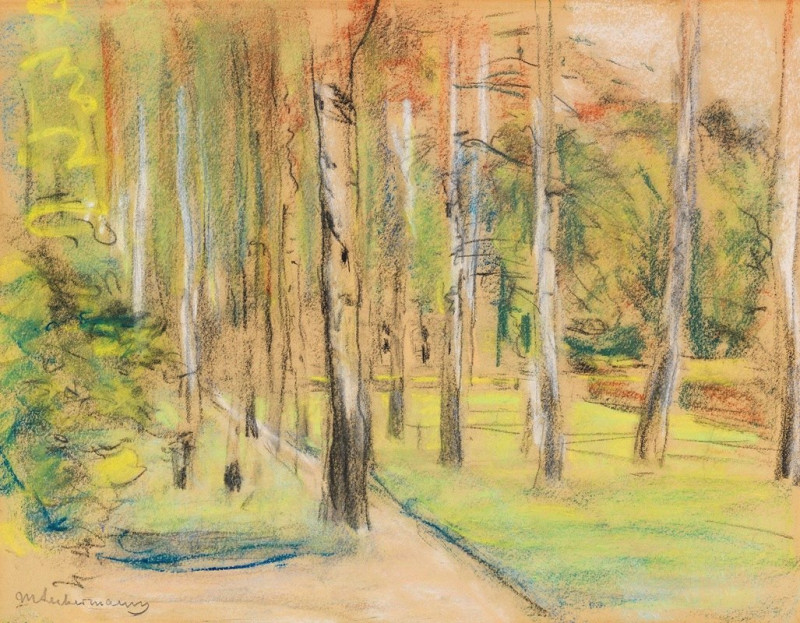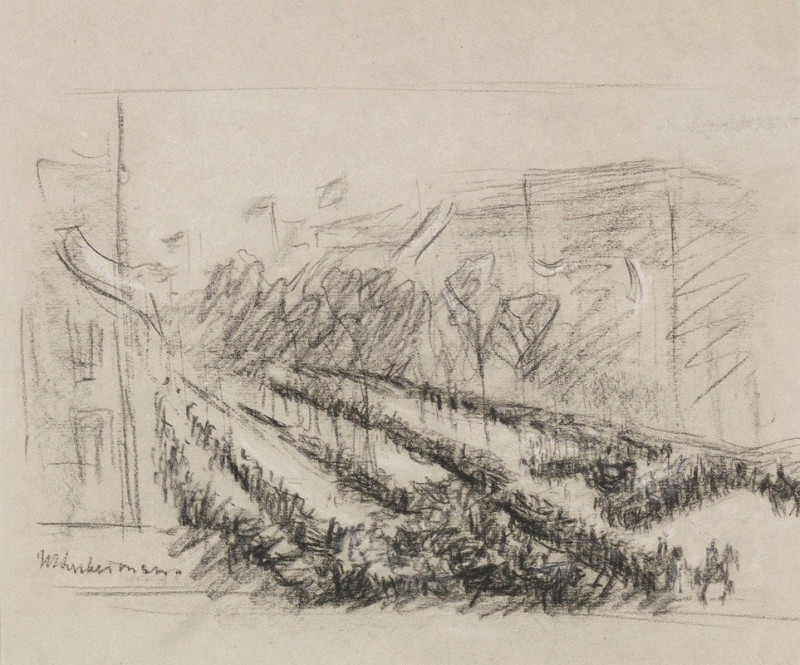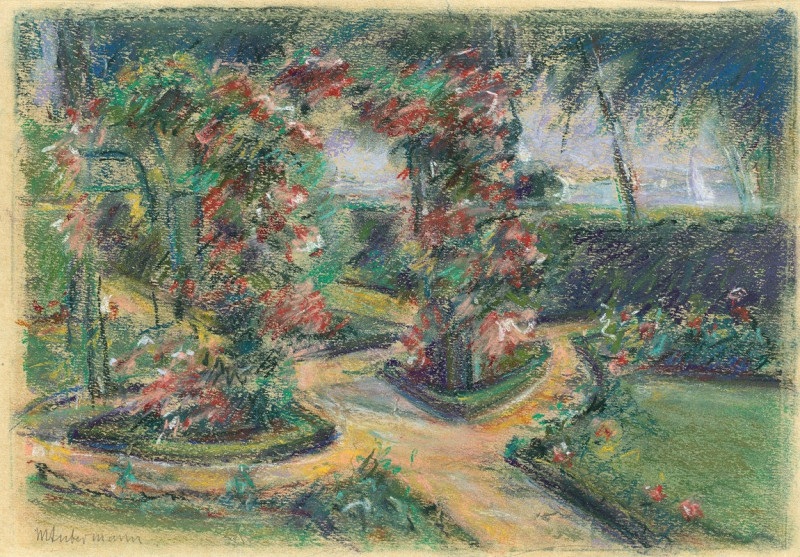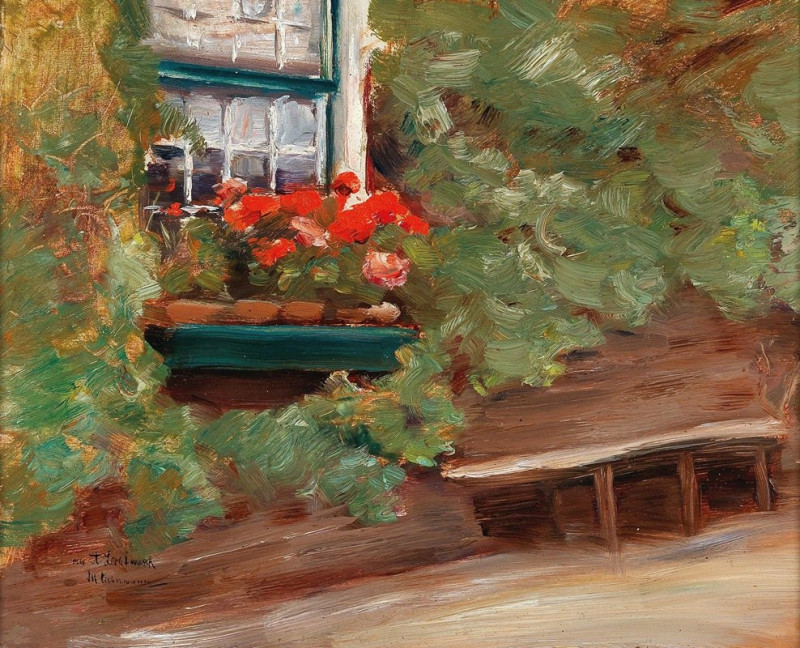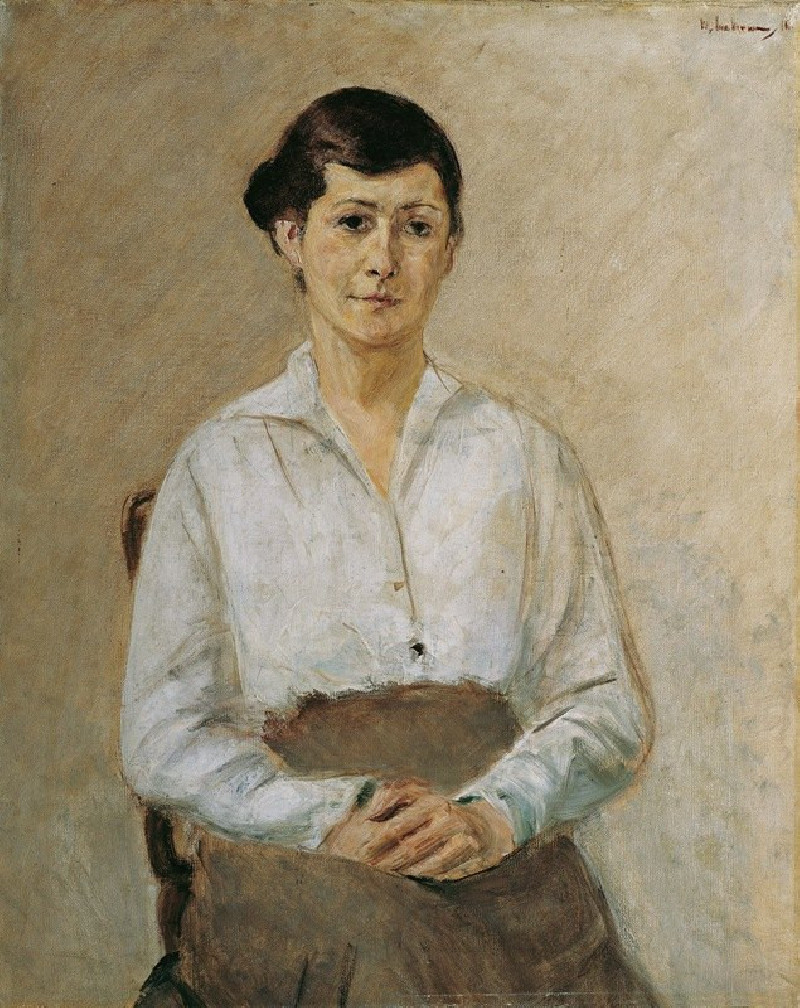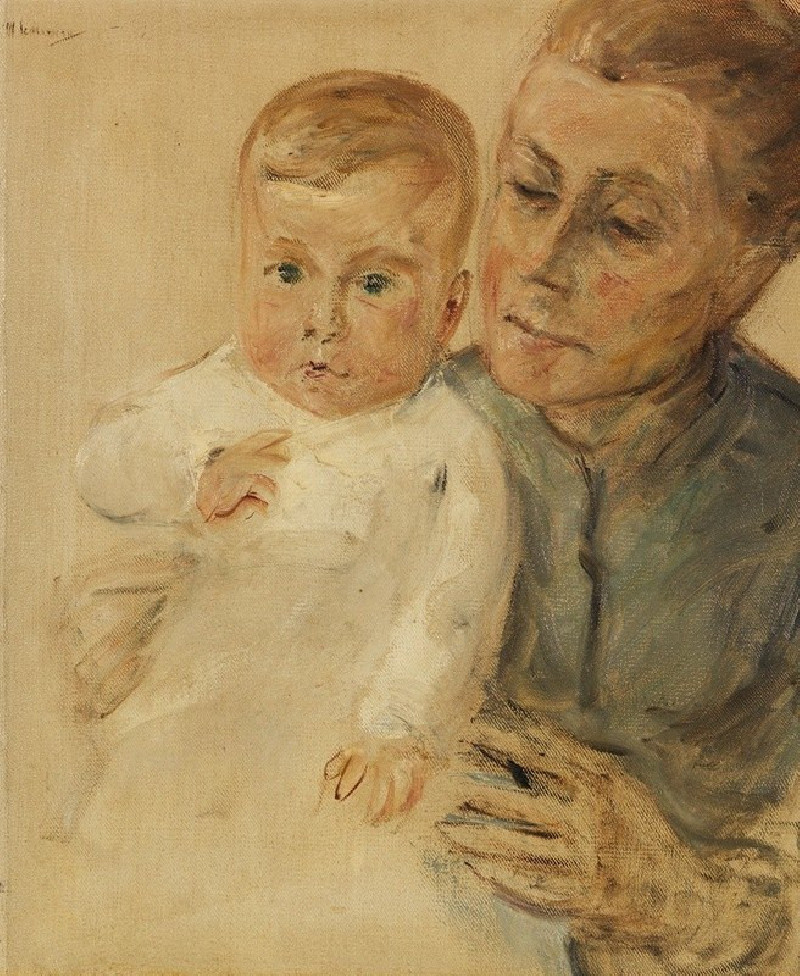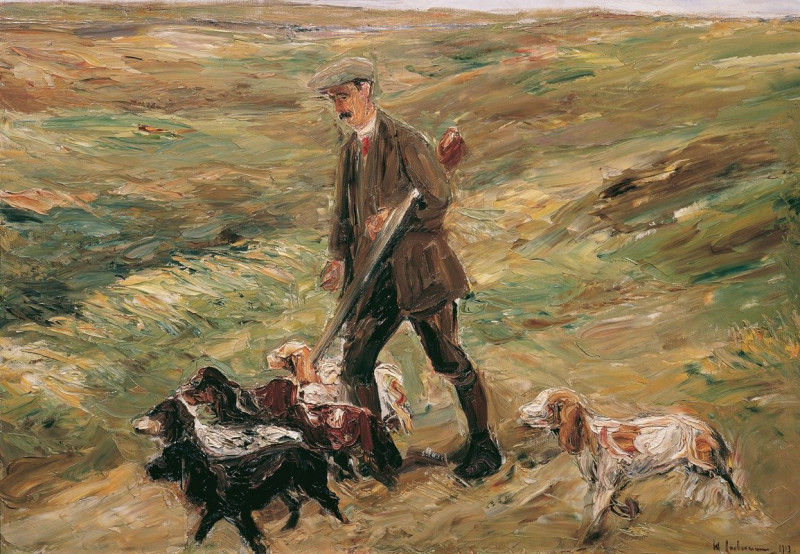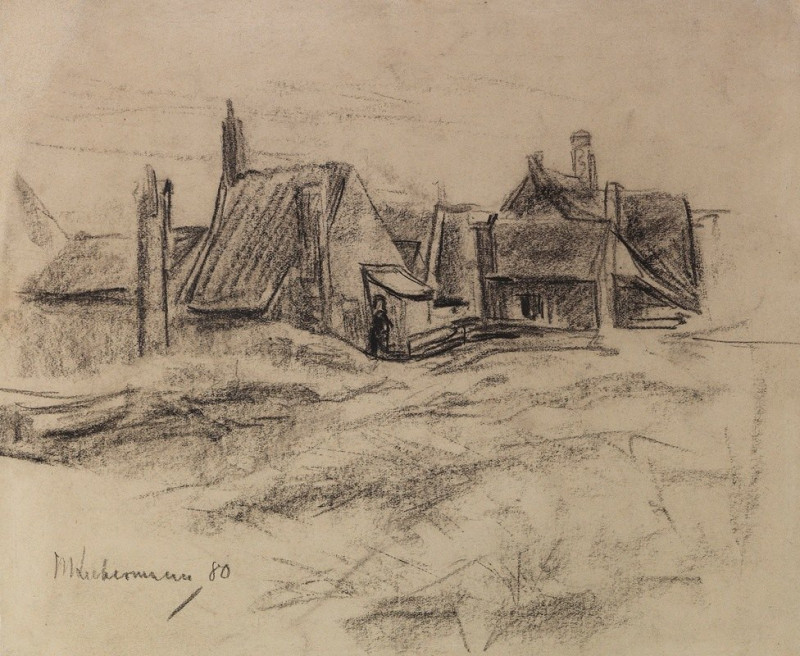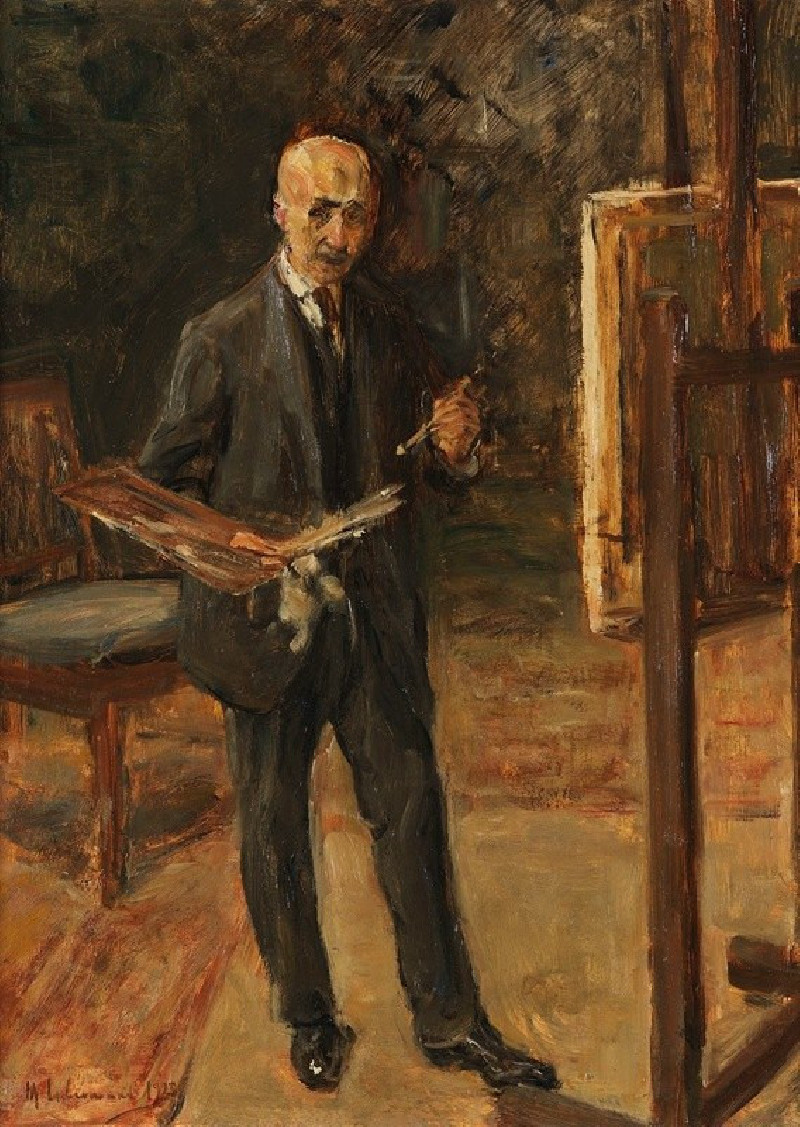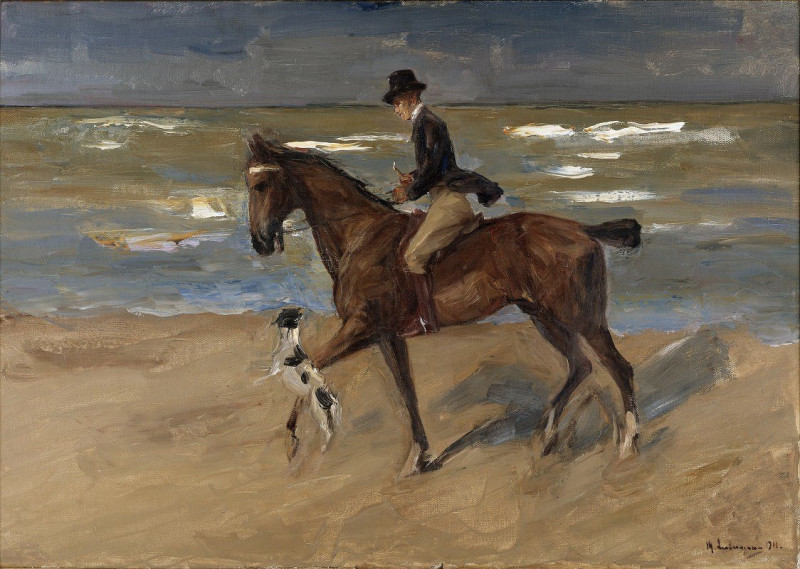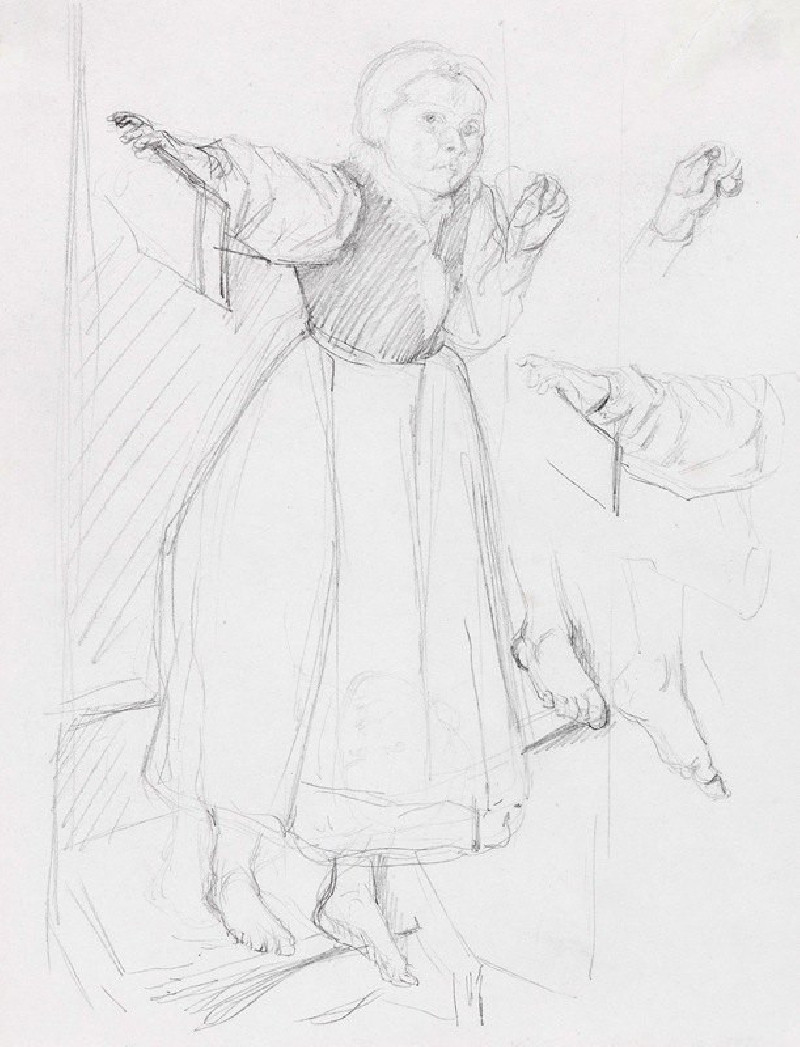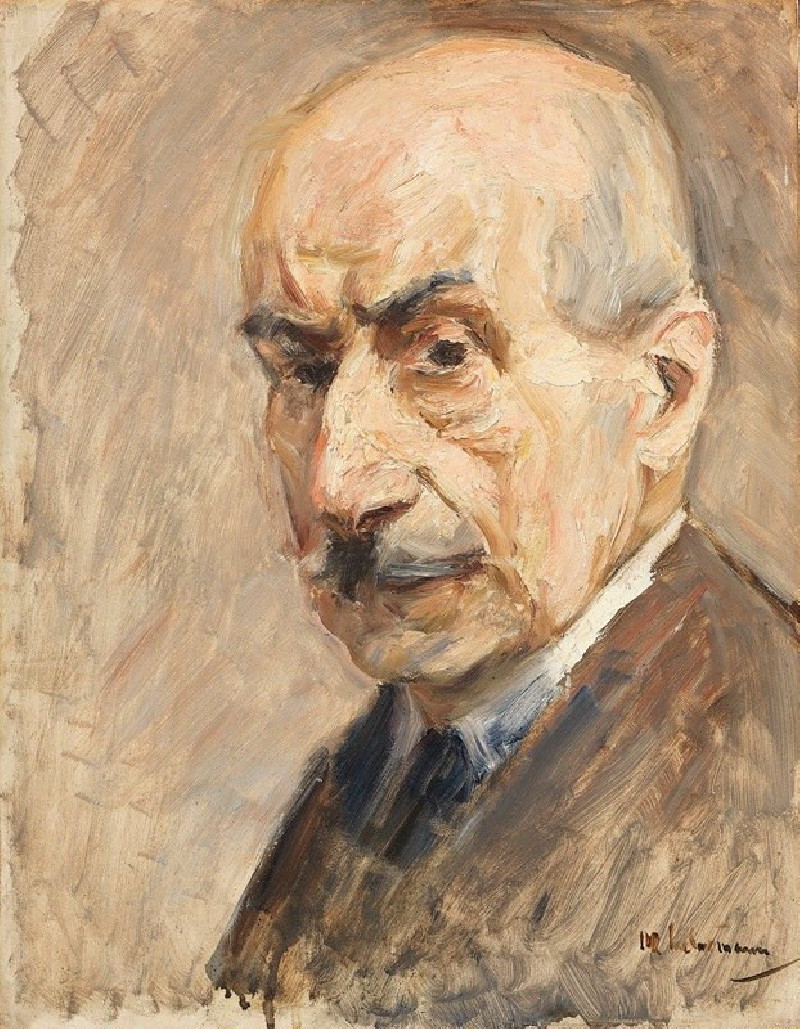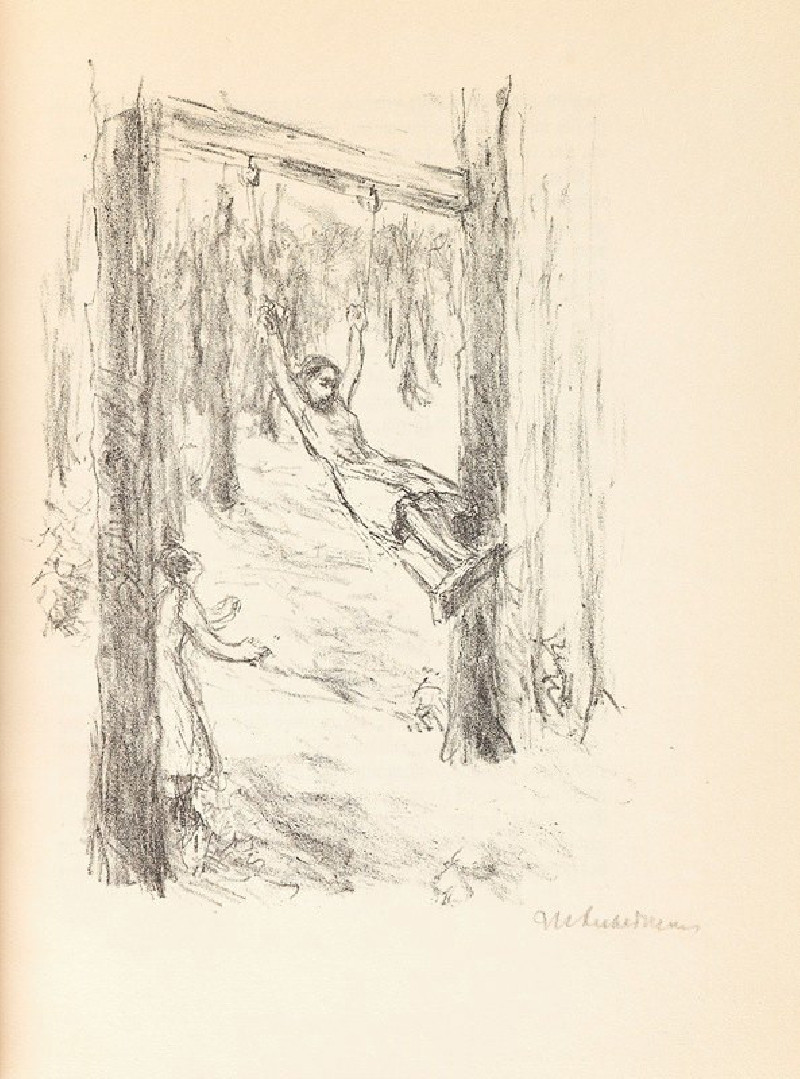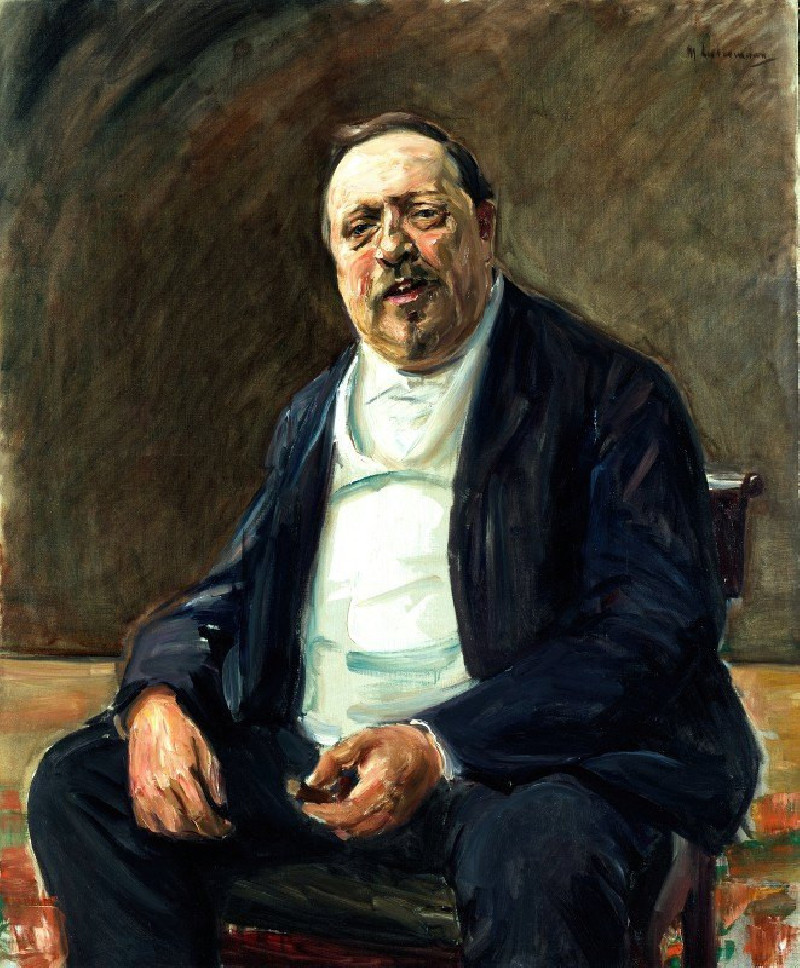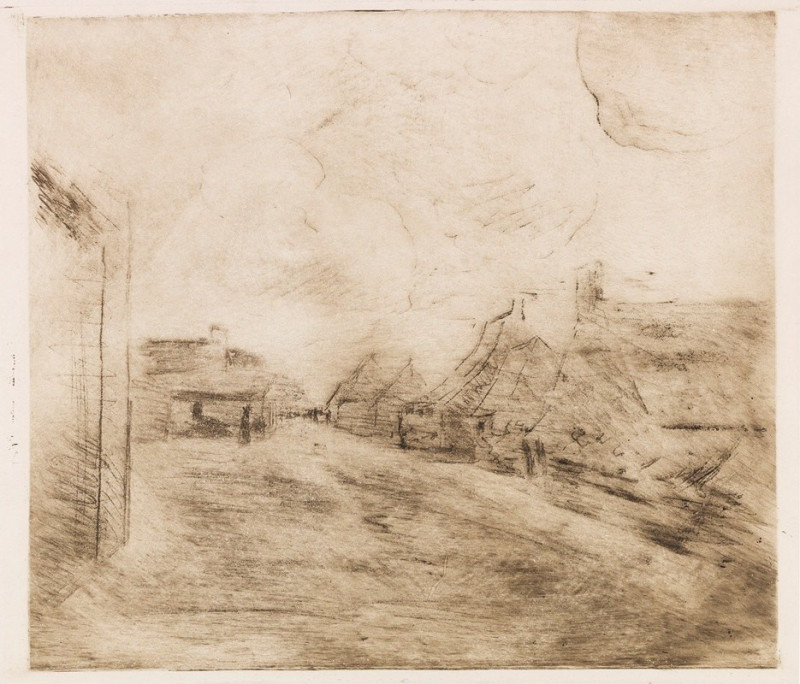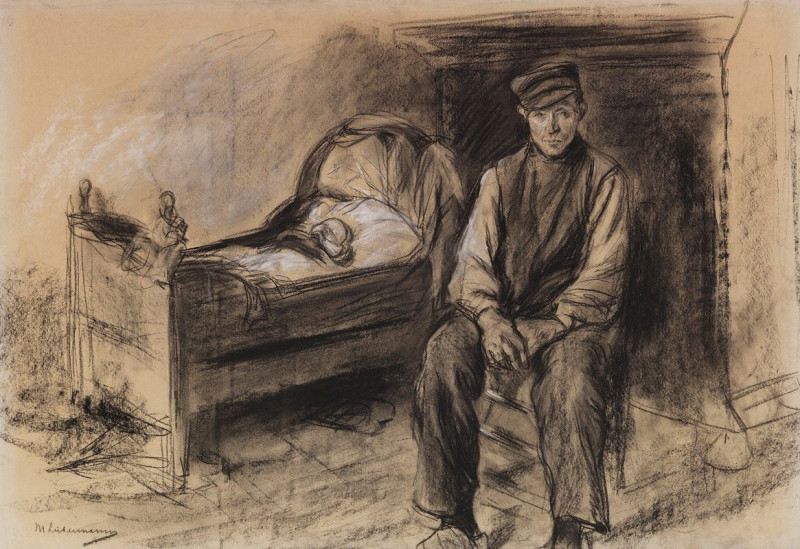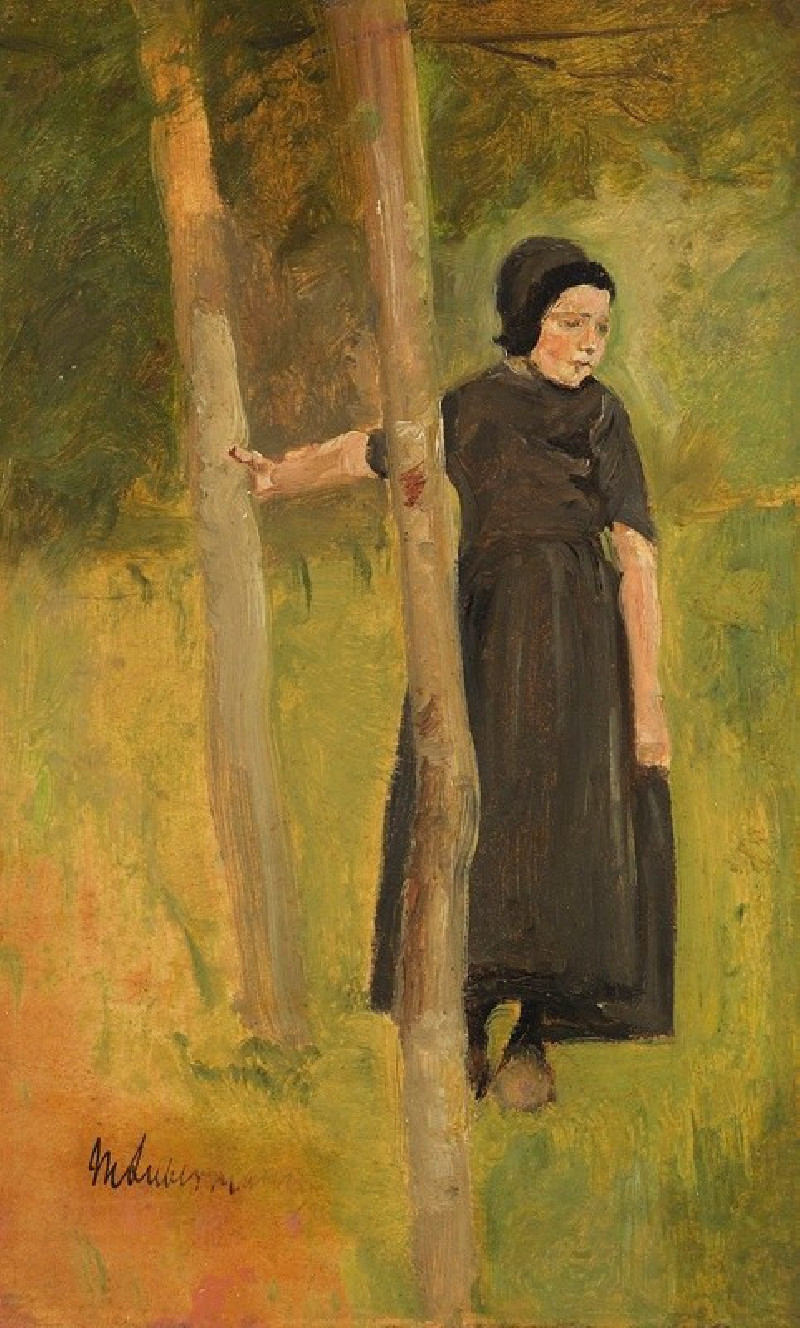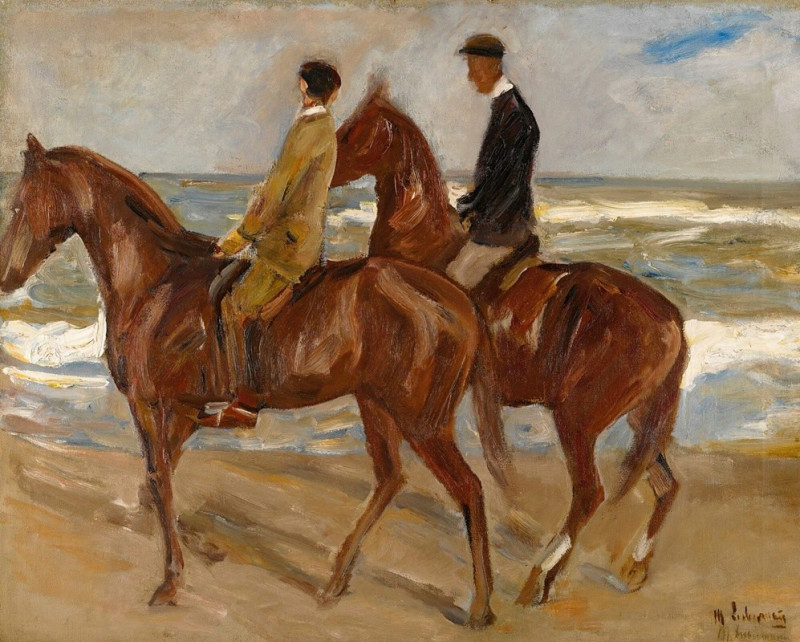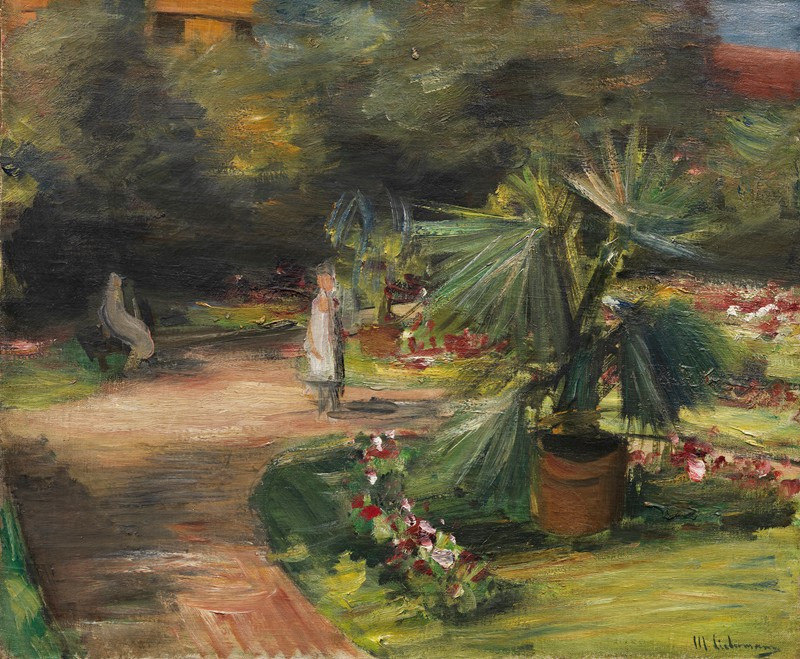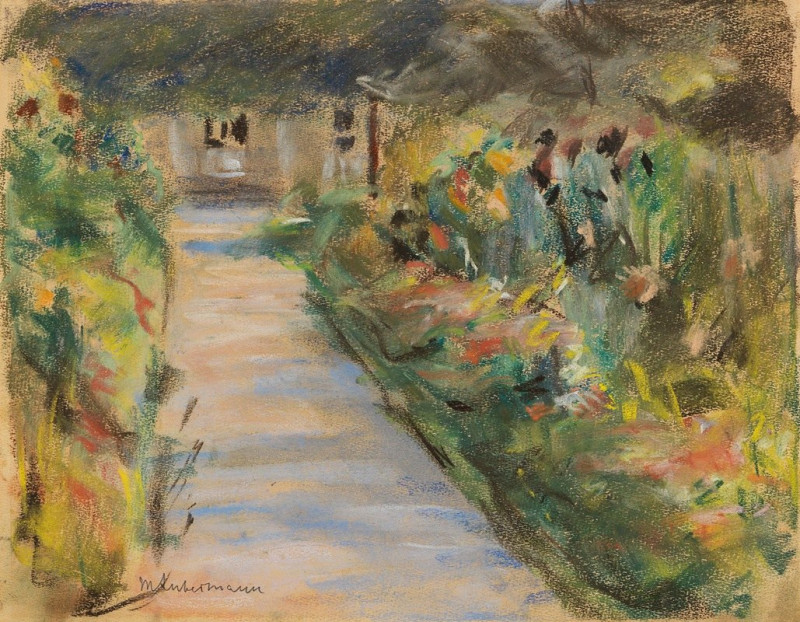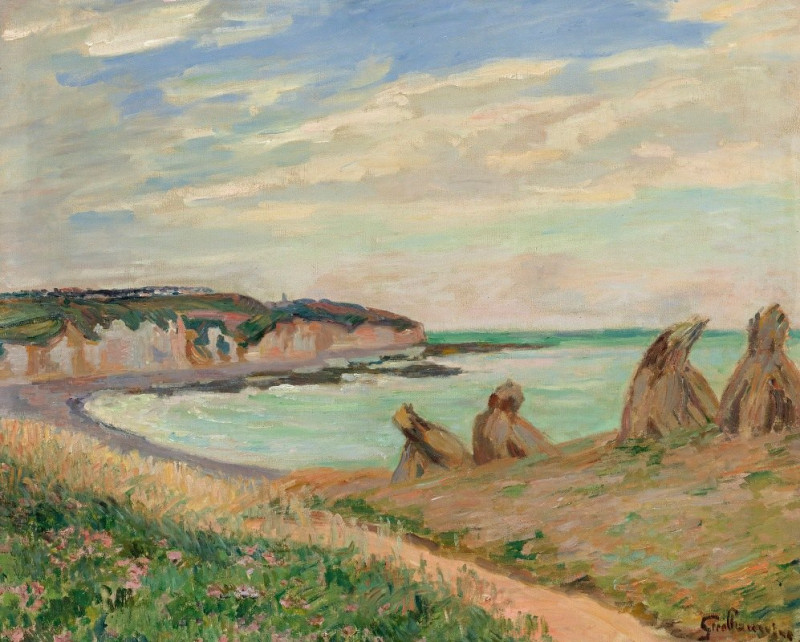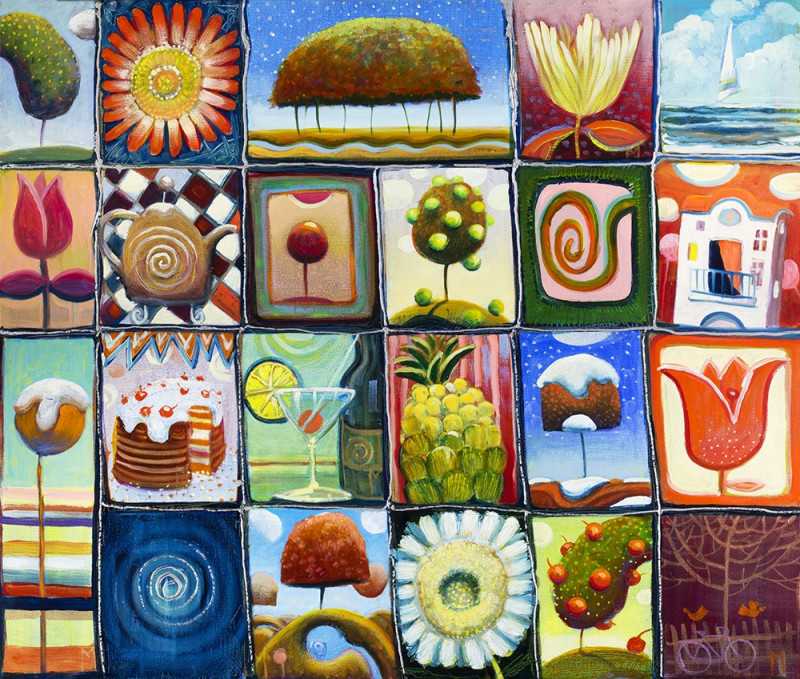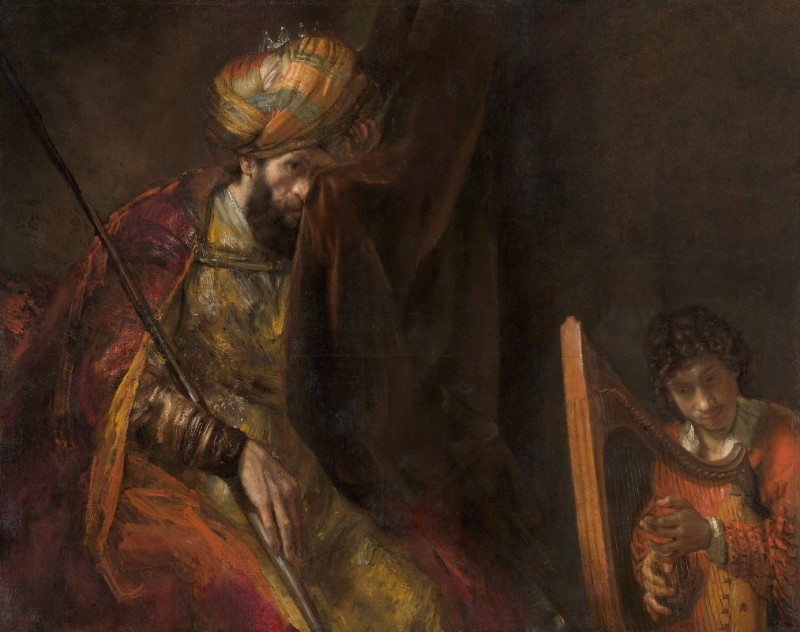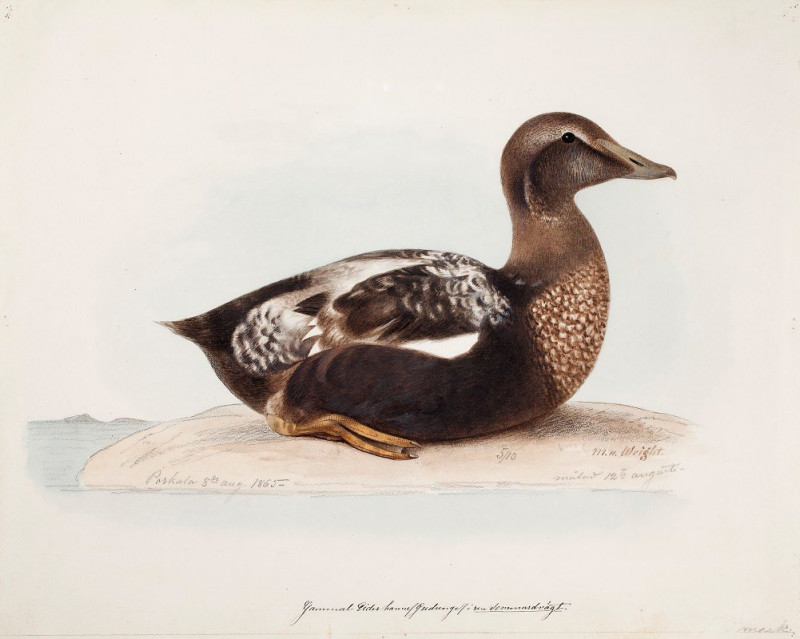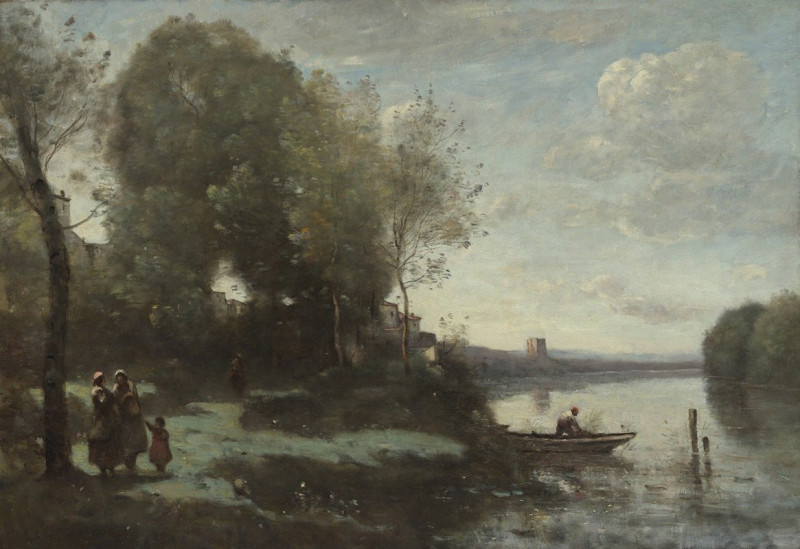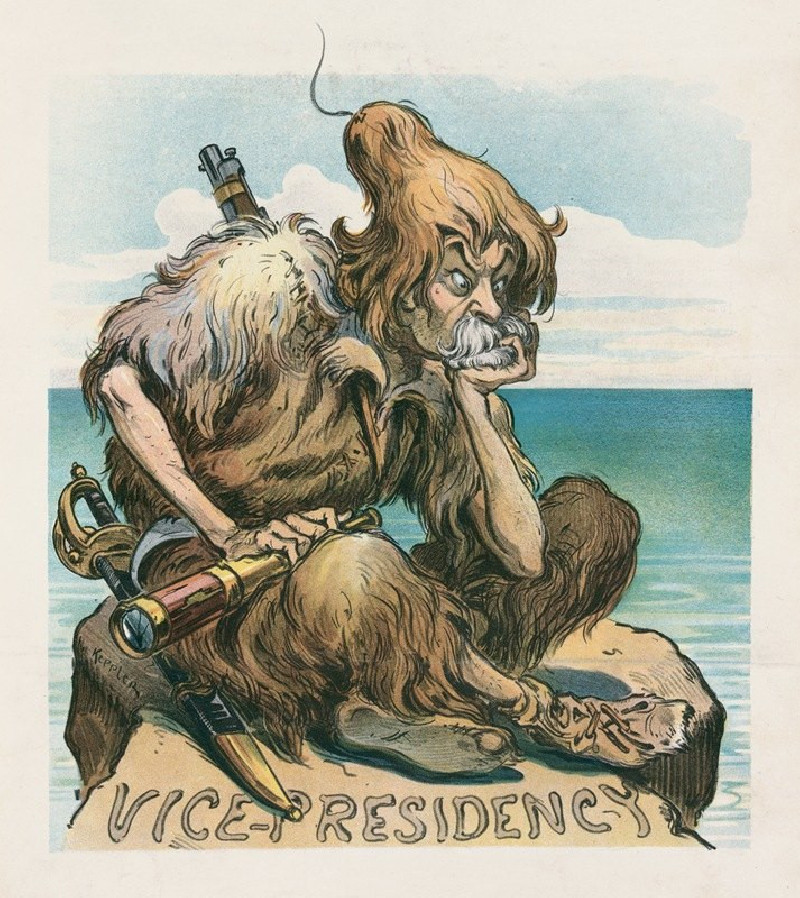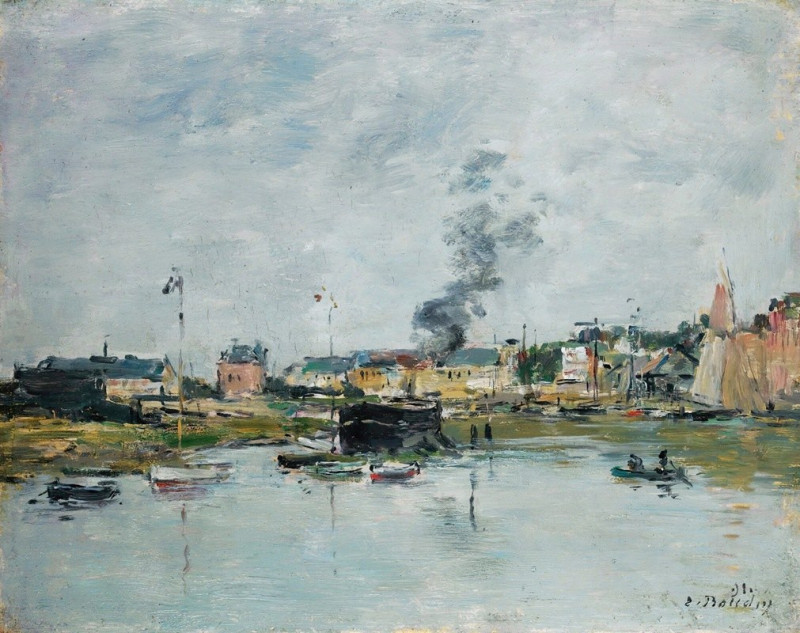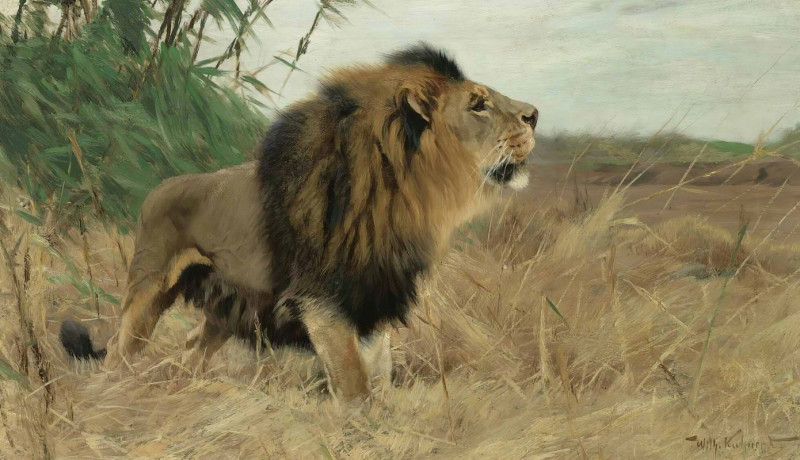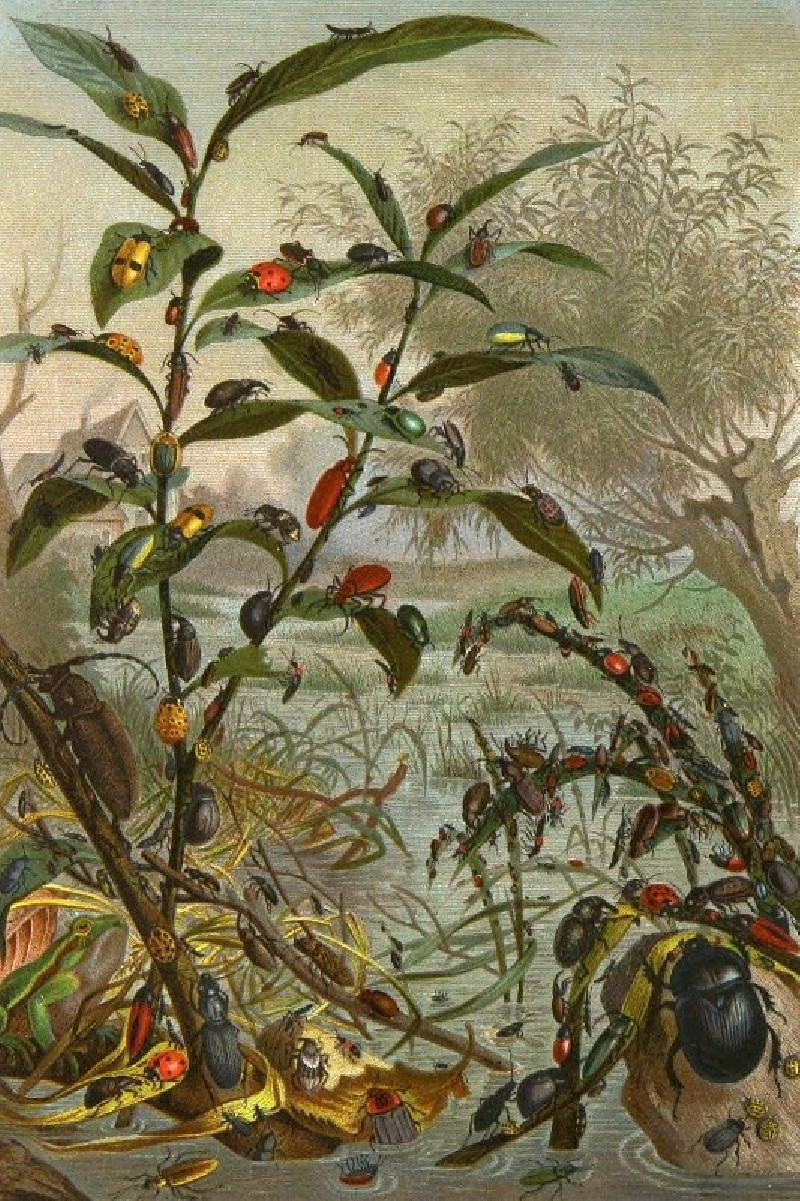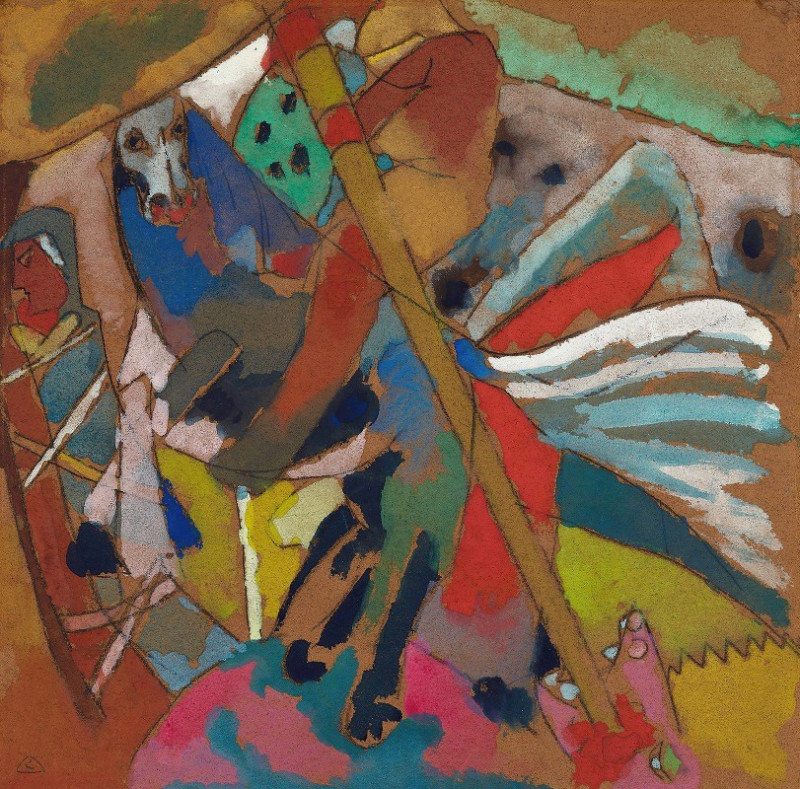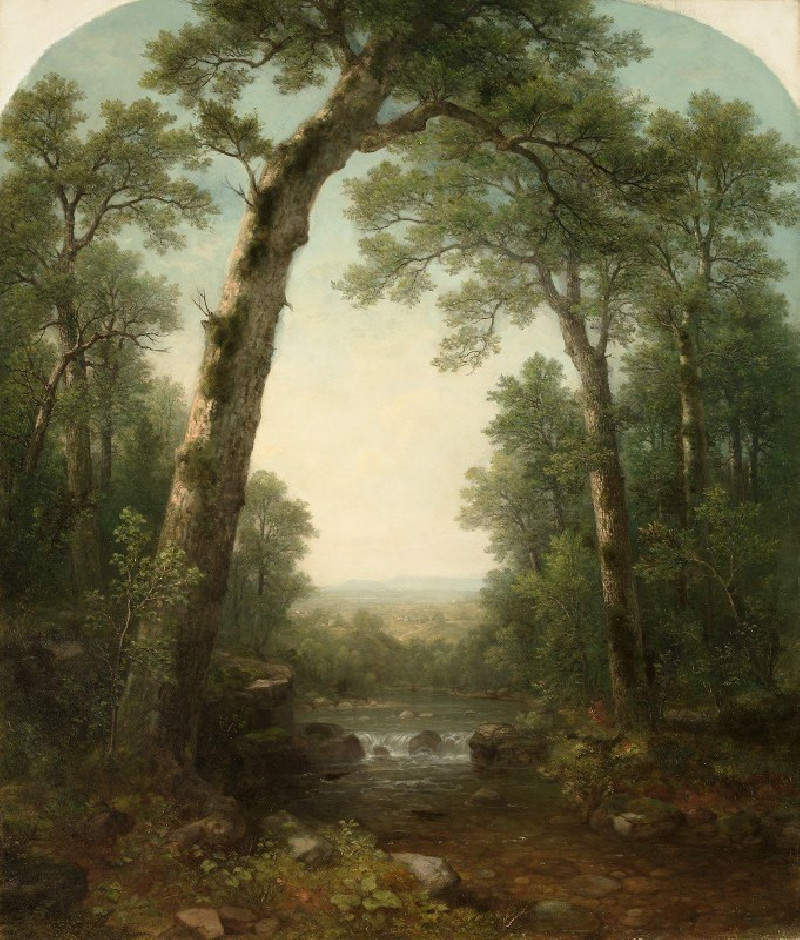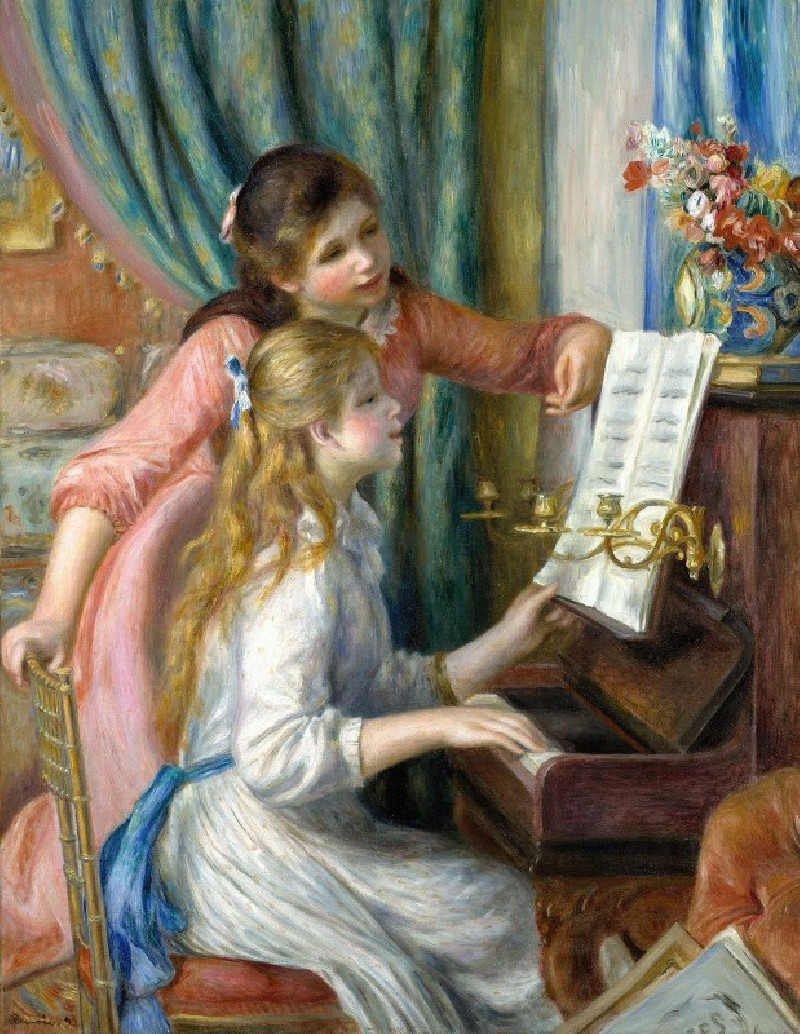Die Birkenallee in Wannsee nach Nordwesten (1920)
Technique: Giclée quality print
Recommended by our customers
More about this artwork
Explore the serene tranquility and vibrant charm captured in Max Liebermann's "Die Birkenallee in Wannsee nach Nordwesten" from 1920. As one of the preeminent German Impressionists, Liebermann masterfully conveys the play of light and shadow through his adept use of color and sketch-like strokes. This pastel painting invites viewers down a birch-lined pathway in Wannsee, northwest of Berlin, where the filtered sunlight dances through the trees creating a melodious harmony of colors.The viewer’s eye is drawn along the gentle curve of the sandy pathway, flanked by tall birch trees whose slender trunks rise toward a canopy of leaves, depicted in a lively array of greens, yellows, and hints of red. This composition not only leads us into the depth of the wooded landscape but also encapsulates a moment of quietude away from the bustling city life. Liebermann's technique, with its vivid yet soft pastel strokes, adds a dreamy quality to the scene, emphasizing the ephemeral beauty of nature. Each stroke contributes to a sense of movement—of breeze through leaves—and the fleeting quality of light."Die Birkenallee in Wannsee nach Nordwesten" is a testament to Liebermann’s dedication to capturing the essence and atmosphere of a place, a skill that makes his work an enduring treasure in the realm of art.
Delivery
Returns
Max Liebermann was a German painter and printmaker of Ashkenazi Jewish ancestry, and one of the leading proponents of Impressionism in Germany.
The son of a Jewish fabric manufacturer turned banker from Berlin, Liebermann grew up in an imposing town house alongside the Brandenburg Gate.
He first studied law and philosophy at the University of Berlin, but later studied painting and drawing in Weimar in 1869, in Paris in 1872, and in the Netherlands in 1876–77.

